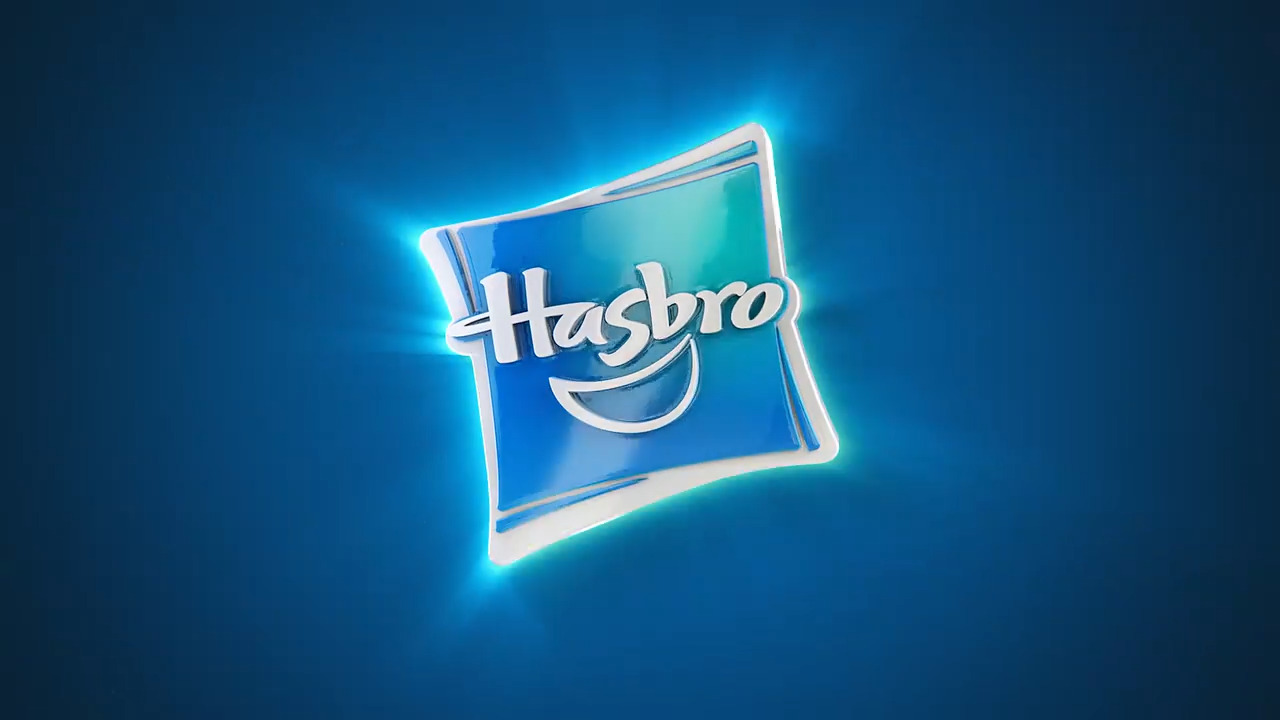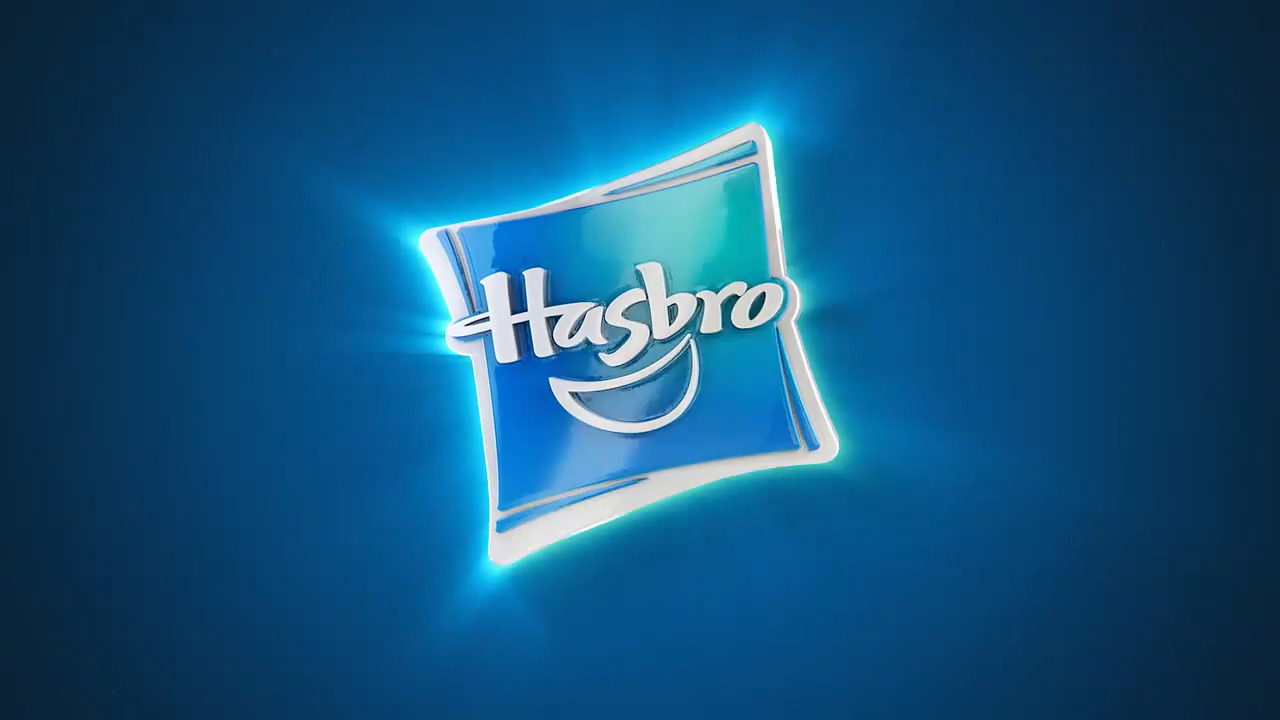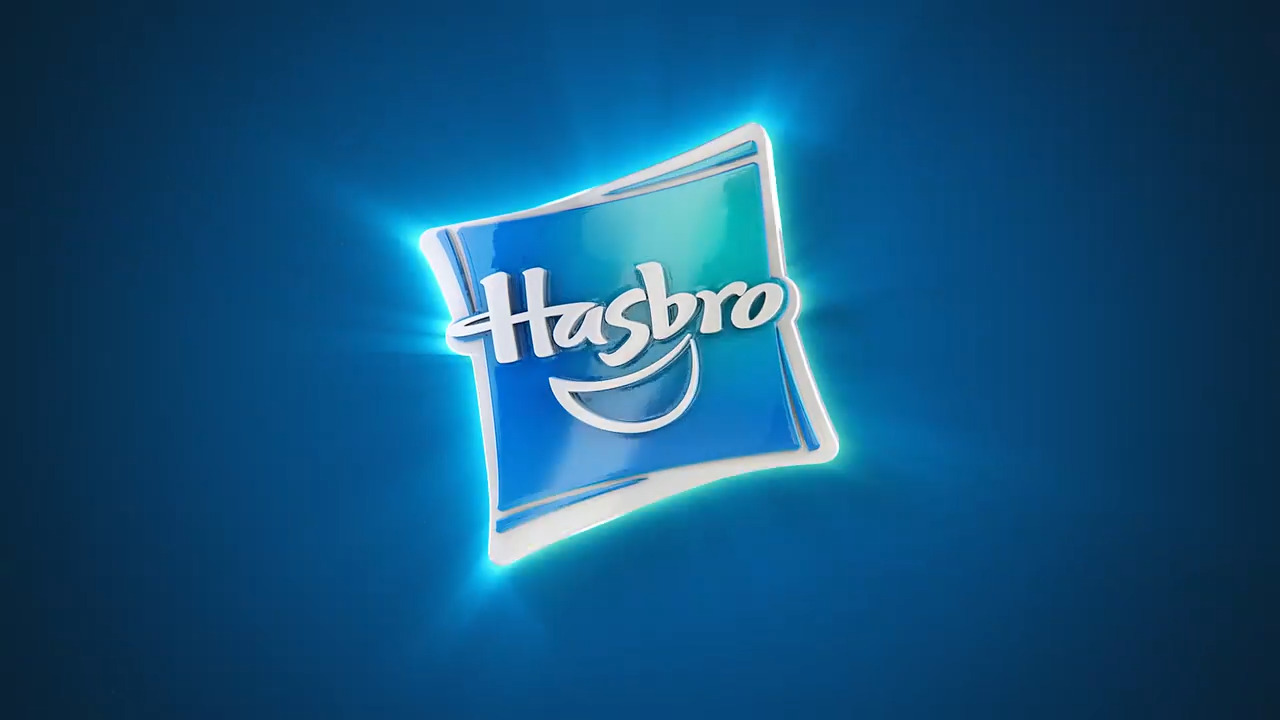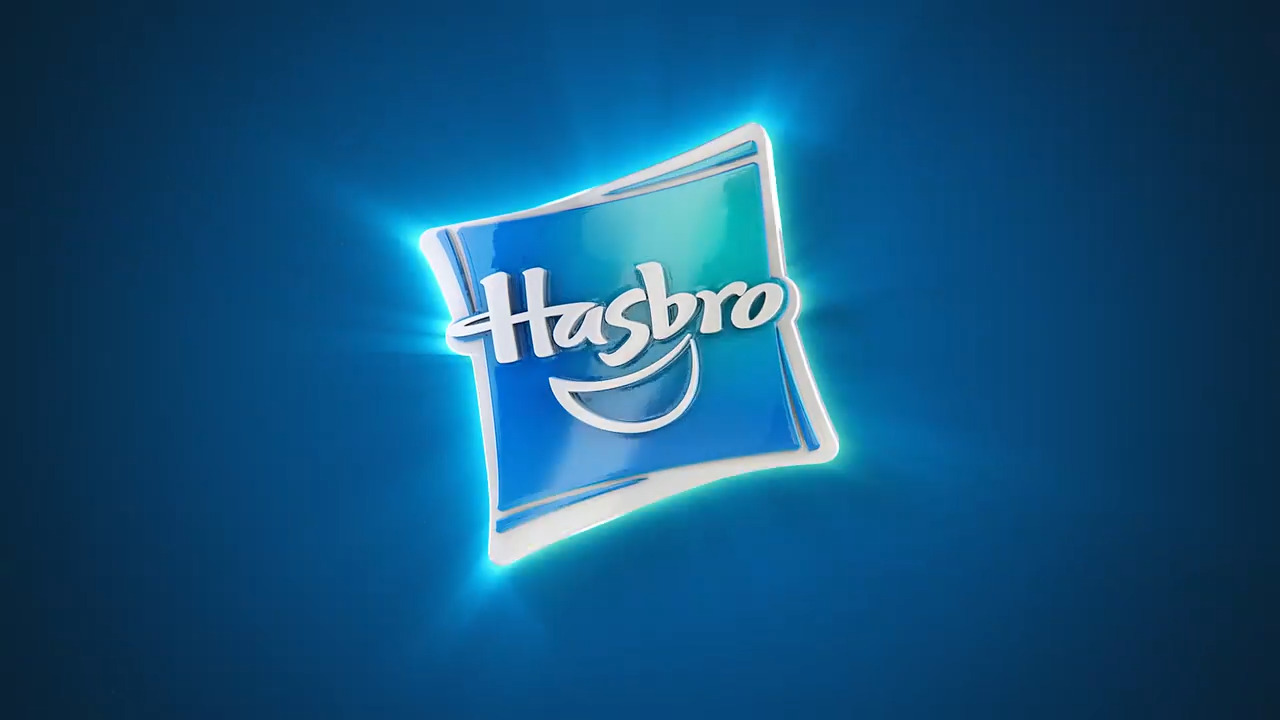Hasbro’s Outlook Following Q4 Beat

Hasbro, Inc. (NASDAQ:HAS) reported its Q4 and full 2021-year results, with quarterly EPS and revenues of $1.21 and $2.01 billion coming in better than the Street estimates of $0.86 and $1.87 billion, respectively.
Annual revenue of $6.42 billion increased 17% year-over-year and adjusted EPS of $5.23 came in 8% above the consensus estimate. According to the analysts at Berenberg Bank, the upside was largely driven by entertainment, up 27% for 2021, and continued momentum of the Wizards of the Coast segment, up 42% for 2021.
The analysts mentioned two key premises for their bullish thesis on the company:
(1) In the short term, demand for consumer products and Wizards of the Coast & Digital Gaming products is expected to remain resilient,
(2) In the long term, post-pandemic, the pent-up supply of entertainment content should translate to continued, above-average growth and compare favorably to peers.
The analysts believe that the company will maintain consumer product margins as the pricing actions are scheduled to take effect in Q2/22. Furthermore, they believe the company will maintain operating margins at the company level (around 16%), given that the Wizards of the Coast segment and entertainment (around 38% of revenue) are largely immune to supply chain disruptions.
| Symbol | Price | %chg |
|---|---|---|
| 4661.T | 3175 | 1.89 |
| 7832.T | 4982 | 1.49 |
| 081660.KS | 35850 | -0.28 |
| 7309.T | 16590 | 0.09 |

Hasbro Inc. (NASDAQ:HAS) Overview: Growth and Challenges
Hasbro Inc. (NASDAQ:HAS) is a leading name in the toy and entertainment industry, known for iconic brands such as Monopoly, Nerf, and Transformers. The company's global operations span toys, games, and entertainment content creation, placing it in direct competition with giants like Mattel and LEGO. Michael Ng from Goldman Sachs recently set a price target of $85 for Hasbro, indicating a potential 15.14% increase from its current price of $73.82.
Hasbro's stock performance has been commendable, closing the latest trading session at $73.13, marking a 1.13% increase from the previous day. This rise outperformed the S&P 500's 0.52% gain and the Dow's 1% uptick. Over the past month, Hasbro's stock has seen an 8.25% increase, surpassing the Consumer Discretionary sector's 6.1% gain and the S&P 500's 5.95% rise. This positive trend supports the optimistic price target set by Goldman Sachs.
The anticipation is high for Hasbro's upcoming earnings report, with an expected EPS of $0.77, which would be a 36.89% decline from the same quarter last year. Revenue is projected at $872.3 million, marking a 12.36% decrease from the previous year. Despite these anticipated declines, Hasbro is still considered a top momentum stock for the long term, according to Zacks Investment Research.
With a market capitalization of approximately $10.34 billion and a trading volume of 1,980,306 shares on the NASDAQ exchange, Hasbro's stock has shown significant volatility. Today, the stock fluctuated between a low of $72.23 and a high of $73.97, with $73.97 being its highest price over the past year. The lowest price for the stock in the past year was $49, suggesting considerable growth potential.

Hasbro Inc. (NASDAQ:HAS) Stock Upgrade and Financial Outlook
Hasbro Inc. (NASDAQ:HAS), a leading name in the toy and entertainment industry known for brands like Monopoly and Nerf, received a stock upgrade from Goldman Sachs on June 30, 2025, moving from "Neutral" to "Buy." At the time of this upgrade, Hasbro's stock was valued at $73.82, according to StreetInsider.
Recently, Hasbro's stock demonstrated a positive trend, closing at $73.13, which is a 1.13% increase from the previous day. This performance exceeded the gains of major indexes, including the S&P 500's 0.52% rise, the Dow's 1% increase, and the Nasdaq's 0.52% gain. Over the last month, Hasbro's stock has seen an 8.25% surge, outperforming the Consumer Discretionary sector's 6.1% gain and the S&P 500's 5.95% increase.
The investment community is keenly awaiting Hasbro's forthcoming earnings report, with an expected EPS of $0.77, indicating a 36.89% decline from the same quarter last year. Revenue is projected at $872.3 million, showing a 12.36% decrease year-over-year. These figures are vital for investors to gauge Hasbro's financial health.
For the entire year, the Zacks Consensus Estimates forecast earnings of $4.22 per share and revenue of $4 billion. Hasbro's market capitalization stands at approximately $10.34 billion, with a trading volume of 1,980,306 shares on the NASDAQ exchange. The stock's price has varied between $72.23 and $73.97, the latter being its highest price over the past year.

Hasbro Surges 14% as Gaming Division Powers Big Q1 Beat
Hasbro (NASDAQ:HAS) posted a standout first quarter report, delivering results well above expectations thanks to explosive growth in its Wizards of the Coast and Digital Gaming division. The strong performance sent shares soaring over 14% on Thursday.
The company posted adjusted earnings of $1.04 per share, far ahead of analyst estimates of $0.69. Revenue came in at $887.1 million, beating the $771.15 million consensus and marking a 17% year-over-year increase.
Leading the charge was Hasbro’s Wizards of the Coast and Digital Gaming segment, where revenue jumped 46% year-over-year. The surge was driven largely by the enduring popularity of MAGIC: THE GATHERING, which saw a 45% revenue increase across both its tabletop and digital platforms. The segment’s profitability was equally impressive, with operating profit climbing 87% and operating margin expanding to nearly 50%.
While the Consumer Products segment declined 4%, the drop was less severe than expected. Several major franchises, including Marvel, Beyblade, Transformers, and Monopoly, helped cushion the softness in broader consumer spending.
Hasbro reaffirmed its full-year 2025 outlook, noting potential headwinds from tariff uncertainty. The company also declared a $0.70 per share quarterly dividend, payable June 4, signaling continued shareholder confidence.

Hasbro Surges 14% as Gaming Division Powers Big Q1 Beat
Hasbro (NASDAQ:HAS) posted a standout first quarter report, delivering results well above expectations thanks to explosive growth in its Wizards of the Coast and Digital Gaming division. The strong performance sent shares soaring over 14% on Thursday.
The company posted adjusted earnings of $1.04 per share, far ahead of analyst estimates of $0.69. Revenue came in at $887.1 million, beating the $771.15 million consensus and marking a 17% year-over-year increase.
Leading the charge was Hasbro’s Wizards of the Coast and Digital Gaming segment, where revenue jumped 46% year-over-year. The surge was driven largely by the enduring popularity of MAGIC: THE GATHERING, which saw a 45% revenue increase across both its tabletop and digital platforms. The segment’s profitability was equally impressive, with operating profit climbing 87% and operating margin expanding to nearly 50%.
While the Consumer Products segment declined 4%, the drop was less severe than expected. Several major franchises, including Marvel, Beyblade, Transformers, and Monopoly, helped cushion the softness in broader consumer spending.
Hasbro reaffirmed its full-year 2025 outlook, noting potential headwinds from tariff uncertainty. The company also declared a $0.70 per share quarterly dividend, payable June 4, signaling continued shareholder confidence.

Hasbro Inc. (NASDAQ:HAS) Earnings Preview: Key Financial Insights
- Earnings per Share (EPS) and revenue are projected to be $0.67 and approximately $770.6 million, respectively.
- Hasbro exceeded the Zacks Consensus Estimate by 21.1% in the previous quarter, indicating its potential to outperform expectations again.
- The company's financial health is highlighted by a price-to-earnings (P/E) ratio of approximately 19.39 and a debt-to-equity ratio of 2.88, suggesting a significant reliance on debt financing.
Hasbro Inc. (NASDAQ:HAS) is a well-known player in the toy and entertainment industry, recognized for its popular brands like Monopoly, Nerf, and Transformers. The company is set to release its quarterly earnings on April 24, 2025, before the market opens. Analysts are keenly observing the earnings per share (EPS) and revenue figures, which are projected to be $0.67 and approximately $770.6 million, respectively.
In the previous quarter, Hasbro exceeded the Zacks Consensus Estimate by 21.1%, showcasing its ability to outperform expectations. For the upcoming earnings report, the Zacks Consensus Estimate suggests earnings of $0.67 per share, a 9.8% increase from the $0.61 reported in the same quarter last year. Revenue is expected to reach $770.6 million, marking a 1.6% rise from the previous year's quarter.
The anticipated strong performance is attributed to the robust growth within the MAGIC ecosystem, alongside increased licensing revenues and reduced promotional discounts at retailers. These factors are likely to have positively impacted Hasbro's performance in the upcoming quarter. However, over the past 30 days, there has been a 1.5% downward revision in the consensus EPS estimate for the quarter, indicating a collective reconsideration by analysts of their initial forecasts.
Hasbro's financial metrics provide insight into its market valuation and financial health. The company has a price-to-earnings (P/E) ratio of approximately 19.39 and a price-to-sales ratio of about 1.81. Its enterprise value to sales ratio is around 2.47, while the enterprise value to operating cash flow ratio is approximately 12.05. The earnings yield for Hasbro is about 5.16%, reflecting the return on investment for shareholders.
Despite these positive indicators, Hasbro's debt-to-equity ratio is notably high at 2.88, suggesting a significant reliance on debt financing. Additionally, Hasbro maintains a current ratio of 1.60, indicating its ability to cover short-term liabilities with its short-term assets. Investors will be closely watching the earnings report and management's discussion of business conditions, as these will be crucial in determining the stock's immediate price change and future earnings expectations.

Hasbro Inc. (NASDAQ:HAS) Earnings Preview: Key Financial Insights
- Earnings per Share (EPS) and revenue are projected to be $0.67 and approximately $770.6 million, respectively.
- Hasbro exceeded the Zacks Consensus Estimate by 21.1% in the previous quarter, indicating its potential to outperform expectations again.
- The company's financial health is highlighted by a price-to-earnings (P/E) ratio of approximately 19.39 and a debt-to-equity ratio of 2.88, suggesting a significant reliance on debt financing.
Hasbro Inc. (NASDAQ:HAS) is a well-known player in the toy and entertainment industry, recognized for its popular brands like Monopoly, Nerf, and Transformers. The company is set to release its quarterly earnings on April 24, 2025, before the market opens. Analysts are keenly observing the earnings per share (EPS) and revenue figures, which are projected to be $0.67 and approximately $770.6 million, respectively.
In the previous quarter, Hasbro exceeded the Zacks Consensus Estimate by 21.1%, showcasing its ability to outperform expectations. For the upcoming earnings report, the Zacks Consensus Estimate suggests earnings of $0.67 per share, a 9.8% increase from the $0.61 reported in the same quarter last year. Revenue is expected to reach $770.6 million, marking a 1.6% rise from the previous year's quarter.
The anticipated strong performance is attributed to the robust growth within the MAGIC ecosystem, alongside increased licensing revenues and reduced promotional discounts at retailers. These factors are likely to have positively impacted Hasbro's performance in the upcoming quarter. However, over the past 30 days, there has been a 1.5% downward revision in the consensus EPS estimate for the quarter, indicating a collective reconsideration by analysts of their initial forecasts.
Hasbro's financial metrics provide insight into its market valuation and financial health. The company has a price-to-earnings (P/E) ratio of approximately 19.39 and a price-to-sales ratio of about 1.81. Its enterprise value to sales ratio is around 2.47, while the enterprise value to operating cash flow ratio is approximately 12.05. The earnings yield for Hasbro is about 5.16%, reflecting the return on investment for shareholders.
Despite these positive indicators, Hasbro's debt-to-equity ratio is notably high at 2.88, suggesting a significant reliance on debt financing. Additionally, Hasbro maintains a current ratio of 1.60, indicating its ability to cover short-term liabilities with its short-term assets. Investors will be closely watching the earnings report and management's discussion of business conditions, as these will be crucial in determining the stock's immediate price change and future earnings expectations.

Hasbro Inc. (NASDAQ:HAS) Q3 Earnings Report: A Mixed Financial Performance
- Earnings Per Share (EPS) of $1.73 significantly surpassed the Zacks Consensus Estimate, indicating a strong earnings performance.
- Revenue of $1.28 billion fell slightly short of expectations, highlighting challenges in the Consumer Products and Entertainment segments.
- Despite a revenue miss, Hasbro's financial ratios such as a current ratio of 1.47 demonstrate the company's ability to manage short-term liabilities.
Hasbro Inc. (NASDAQ:HAS) is a well-known player in the global toy and entertainment industry. The company designs and sells a wide range of toys, games, and entertainment products. It competes with other major companies like Mattel and LEGO. On October 24, 2024, Hasbro reported its third-quarter earnings, revealing a mixed financial performance.
Hasbro's earnings per share (EPS) for the quarter were $1.73, significantly surpassing the Zacks Consensus Estimate of $1.31. This represents a 32.06% positive surprise and an improvement from the previous year's EPS of $1.64. Over the past four quarters, Hasbro has exceeded consensus EPS estimates three times, showcasing its ability to deliver strong earnings.
Despite the impressive EPS, Hasbro's revenue for the quarter was $1.28 billion, slightly below the Zacks Consensus Estimate of $1.3 billion. This shortfall represents a 1.09% negative surprise and a 14.8% decline from the $1.5 billion reported in the same period last year. The decline in revenue is attributed to underperformance in the Consumer Products and Entertainment segments.
Following the earnings release, Hasbro's stock experienced a 3.6% drop in pre-market trading on October 24. The company's financial ratios provide further insight into its performance. Hasbro's price-to-sales ratio is approximately 2.13, while its enterprise value to sales ratio stands at about 2.77. The debt-to-equity ratio is around 2.64, indicating a significant level of leverage.
Hasbro's current ratio is about 1.47, suggesting the company's ability to cover its short-term liabilities with its short-term assets. Despite the revenue miss, Hasbro has managed to exceed consensus revenue estimates twice in the last four quarters, indicating some resilience in its operations.







